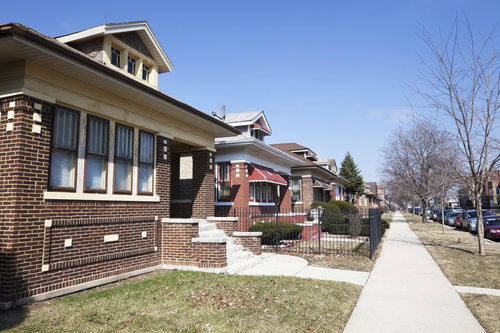Spending per dollar of equity is at its lowest level since the mid ’90s.
Home equity has doubled to $12.1 trillion since the market bottomed out in 2011. Builder confidence has remained strong, despite a small, recent slip. New home sales are at their highest level in seven years. All of these signal a strengthening economy, and yet, American consumers are spending less per dollar of home equity since the 1990s, with owners borrowing only $43.5 billion against their homes – barely a quarter of the amount in 2007. So what’s going on?
The Persistent Negative Equity Trap
Part of the reason for the lack of equity loans is because of how many homes still suffer from negative equity, which prevents homeowners from taking equity loans.
The national average rate for underwater homeowners is currently at 15 percent of all homeowners, half of what it was in 2011 but still triple that of the 1990s, according to a report from the Center for American Progress. Nearly 1,000 counties across the country are still suffering from a stagnating or increase in negative equity rates, and up to 54 percent of homeowners in some counties are underwater. Counties currently suffering from a high percentage of negative equity typically see slow population growth and low median household income.
When homeowners are underwater, they’re stuck in a state of limbo where spending has to be cut down, but selling the home isn’t an option to make up for the lost equity. Furthermore, negative equity makes consumers incredibly vulnerable to emergencies, what with the low to non-existent savings rate for many Americans.
Tight Lending Standards & Low Homeownership Rates
Additionally, for those who can draw on their equity, lenders are being far more strict with how much homeowners can take out against their homes. During the boom, it wasn’t uncommon for loans to be taken out for more than a home was worth. Currently, only a few will let an owner borrow against 80 percent of their home’s worth at most, which means fewer big-ticket items can be purchased using home equity.
Finally, the declining homeownership has also played a role. The homeownership rate fell to a 20-year low in 2014. Adults under 35 years old were hit the hardest, seeing a 19.04 percent drop in homeownership since the peak of the housing bubble. Fewer people with homes means less people can take out money against their equity, leading to a weaker economy. And to make matters worse, high rents are making it difficult for renters to make the jump to homeownership, in combination with the high home prices and low housing inventory.

